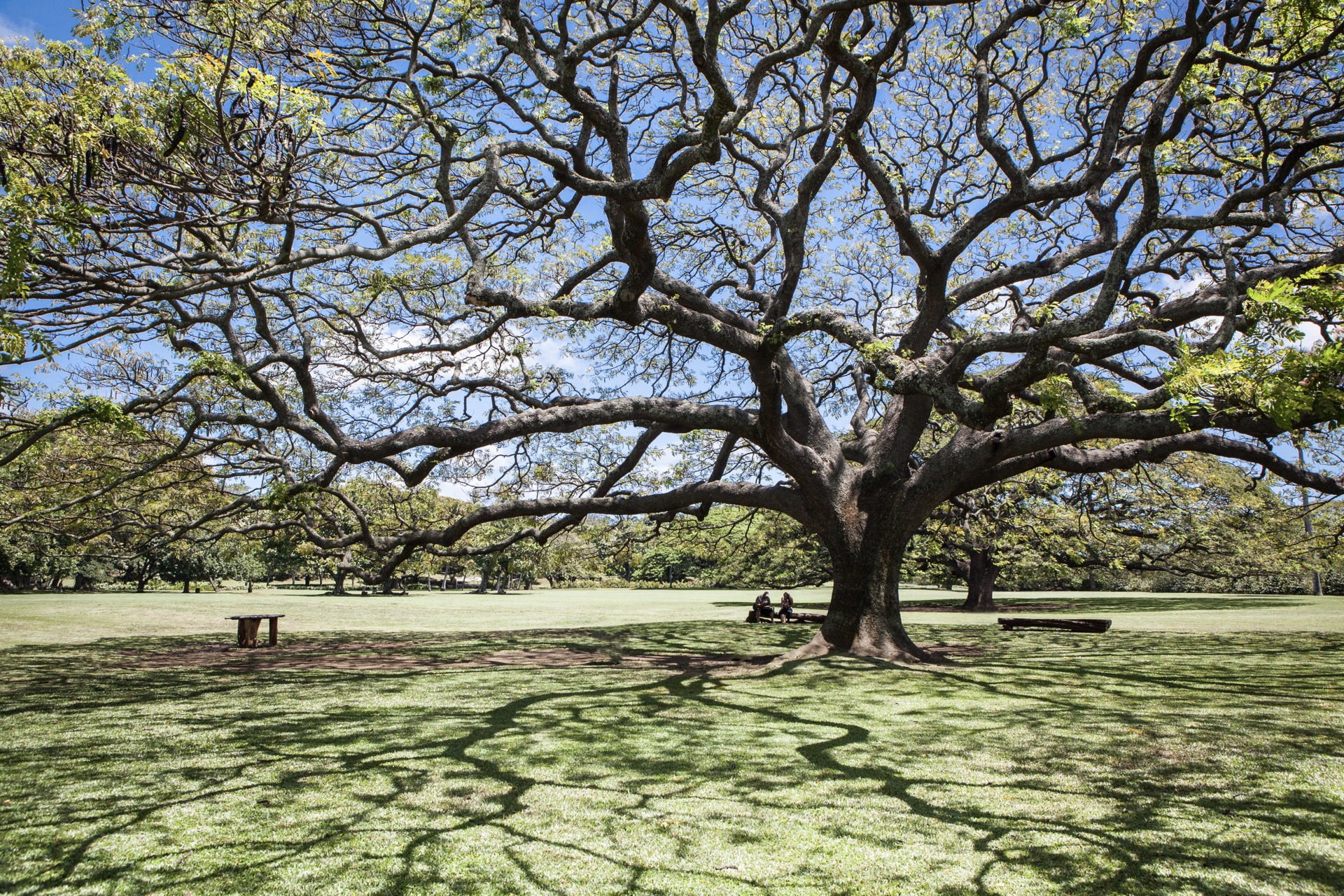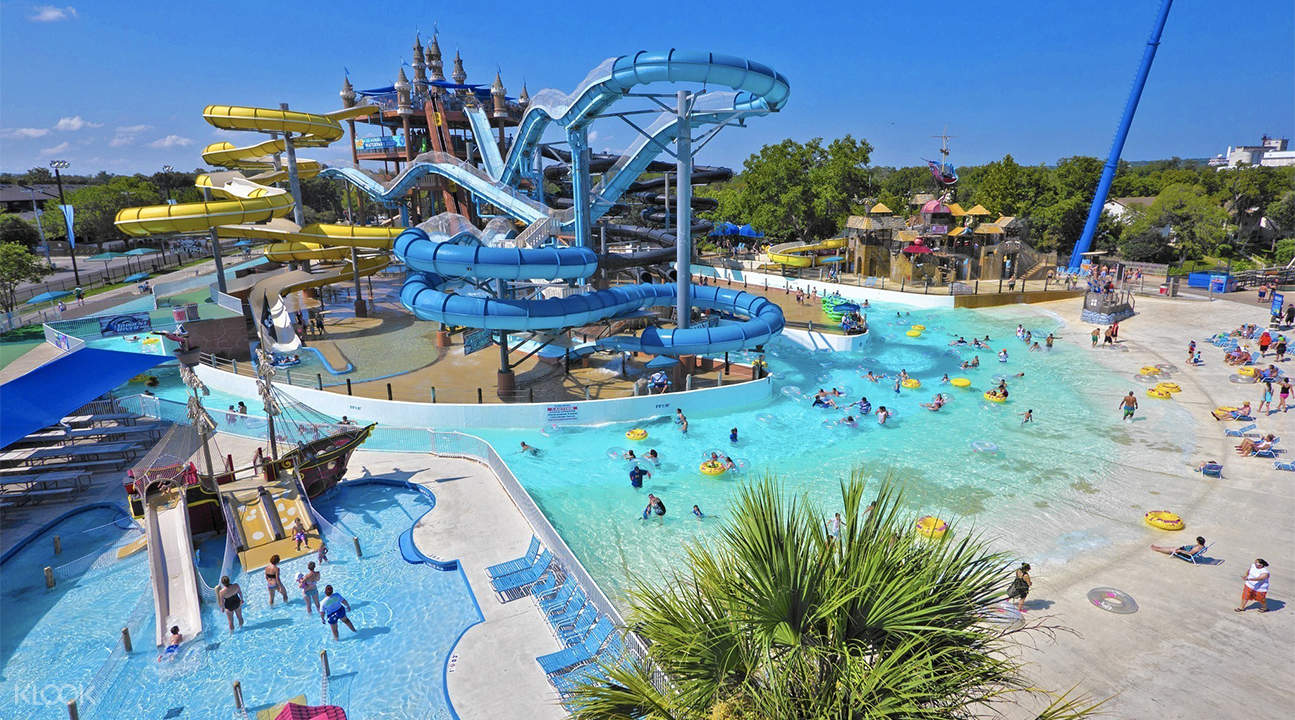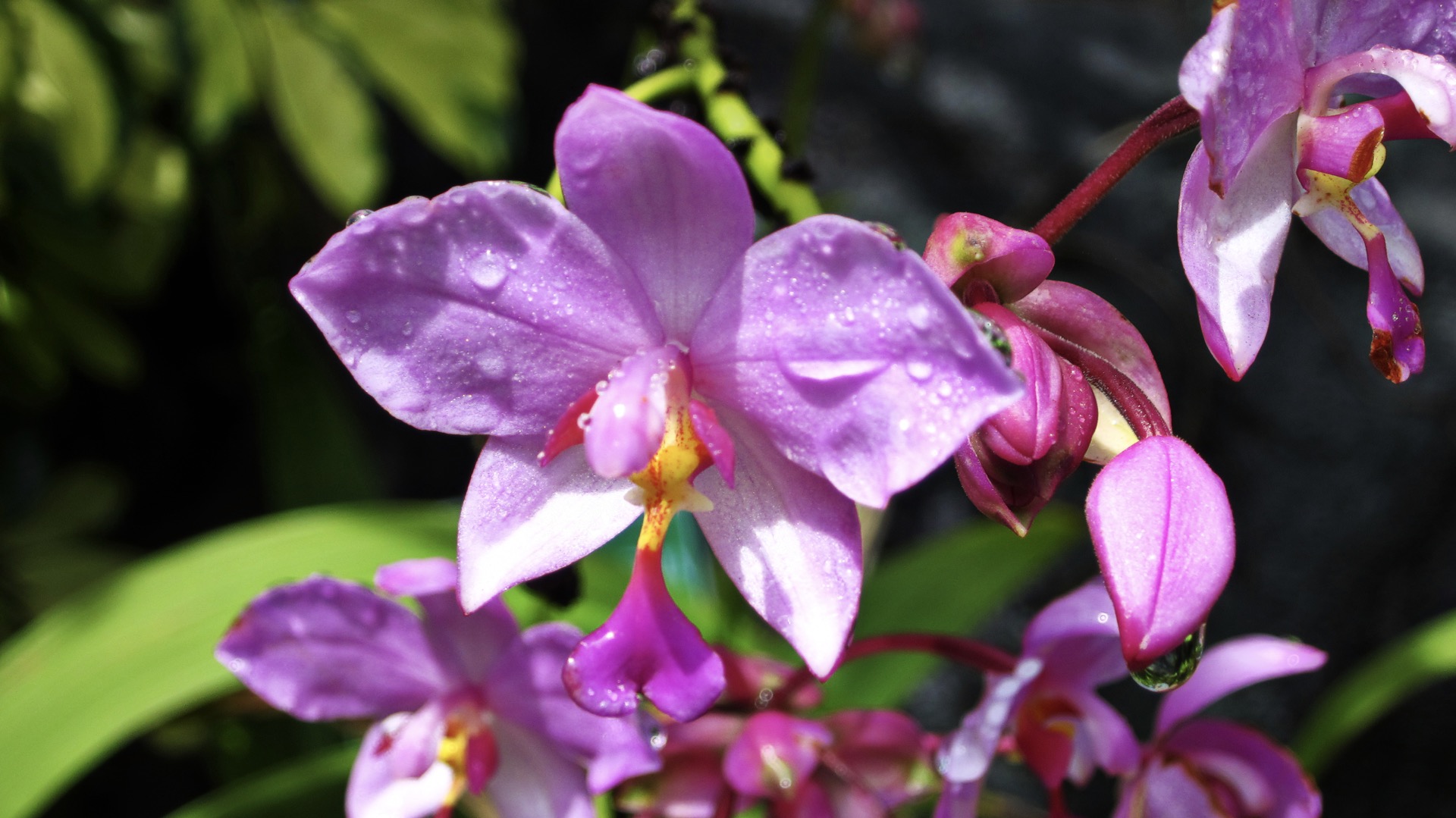The Beauty Of Koko Crater Botanical Garden
Looking for a nice walk through the forest? Perfect. Want a gorgeous spot for a picnic? There’s plenty of tables scattered throughout the garden. Interested in exotic plants you’ve only ever heard about in books? Come on down. Whatever you choose to do, you’ll leave it a lot more centered—and a little bit sweatier—than when you went in.
A part of Honolulu Botanical Gardens, you don’t have to pay to explore this oasis, located about 12 miles from Waikiki. (Even parking is free.) Developed in 1958, the gardens lie within what is actually the fusion of two craters formed around 100,000 years ago during volcanic eruptions.
Inside a tropical hideout
The trees grow abundantly all across the island, with blooms of various hues and petal shapes. They’re so plentiful, in fact, after the tree was introduced to Hawaii in the mid-1800s, the blooms were used frequently for funerals; you could always count on them to be in bloom, no matter the time of year. Just steps into Koko Crater Botanical Garden in Hawaii Kai, an oceanfront community about half an hour east of Waikiki, you will find yourself in a plumeria grove, surrounded by towering trees erupting with flowers almost as big as my hand. I spot the classic white blossom with a yellow center, bright pink plumeria and the yellow and pink plumeria that remind me of a Hawaiian sunset.
The garden is home to plant species from Hawaii and beyond, including fat baobab trees from Madagascar and the unsuspecting henna plant, used in India, Asia and the Middle East for its natural dyeing abilities. And those arid condition create the perfect environment for Koko Crater Botanical Garden’s top attraction: a South American cactus garden, filled with globular golden barrel cactus and curly octopus agave.








